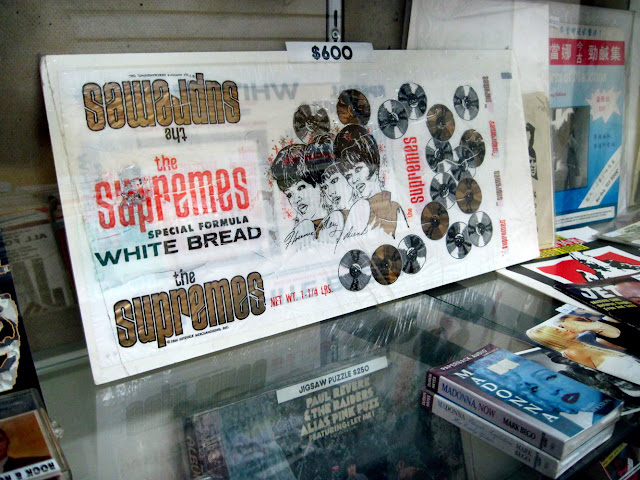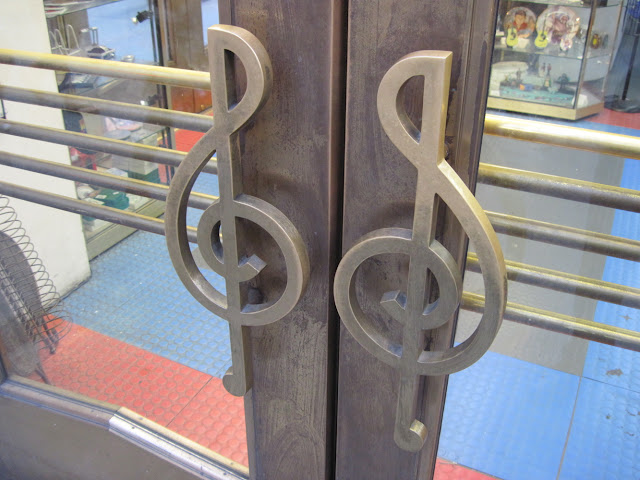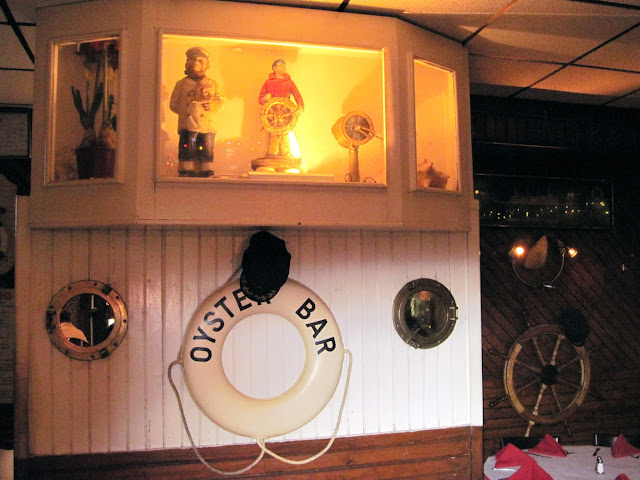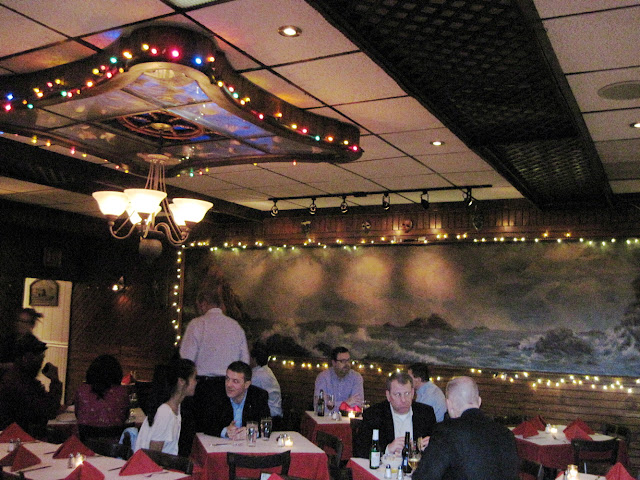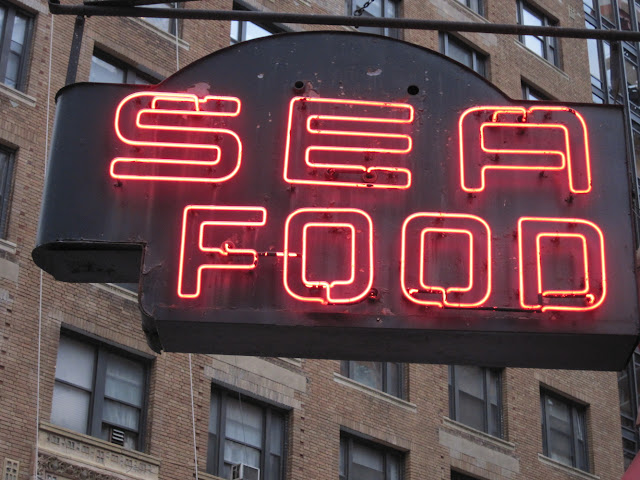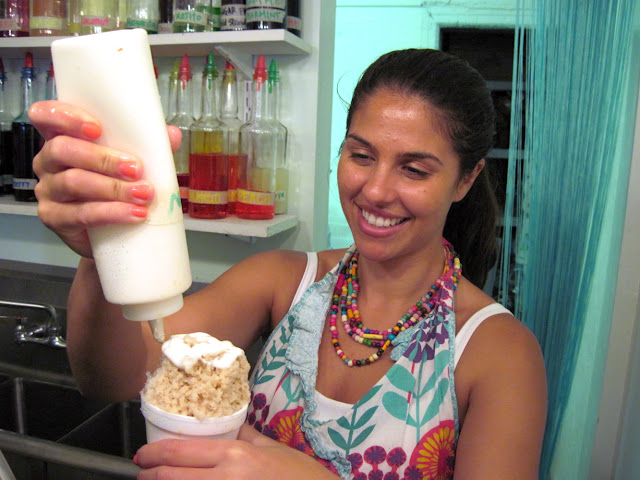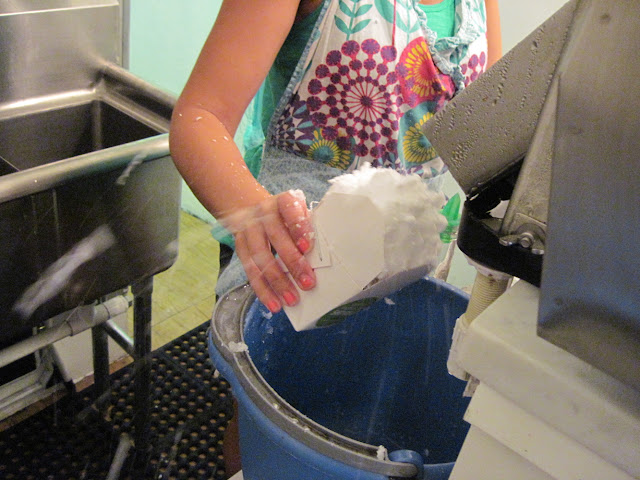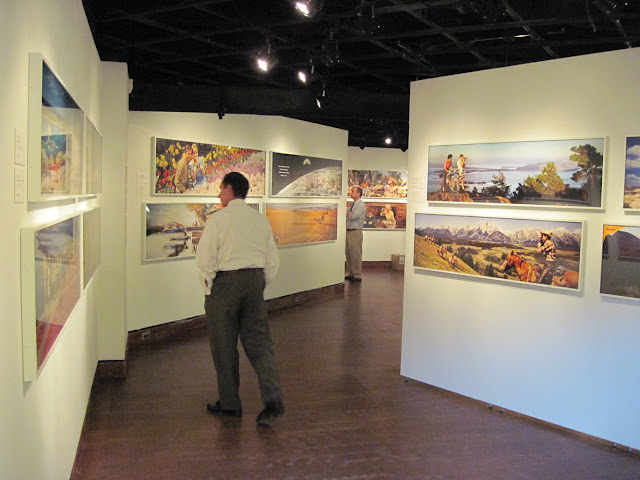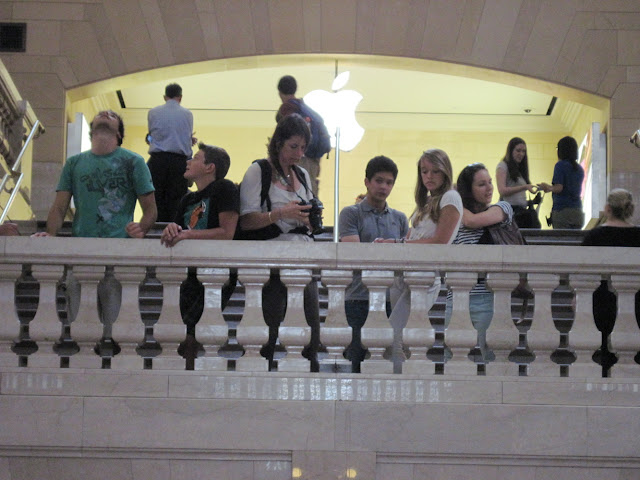The “Yellow Submarine” lunchbox will cost $650 till the end.
The Colony never changed anything, so it’s not about to change that.
The Colony is Colony
Records, a Theater District treasure-hunt of sheet music, recorded music, and musical relics.
It’s been around since 1948, but now it appears to be closing, possibly in just
two weeks, though at the Colony you never know.
Michael Grossbardt, the CEO, told me that on September 15th
he will shut down the store that his father, “Nappy” Grossbardt, opened
sixty-four years ago. He also assured me that he will conduct no
going-out-of-business sale, which is appropriate for a store whose legend has
rarely involved bargains.
Years ago, I experienced Colony as a frustrating place,
because it had things that nearly took my breath away at prices that finished
the job. But the problem was me. As soon as I started thinking of the place as a
museum, I could go in knowing that the things I wanted were there only to look
at.
Colony will end its storied life as a museum indeed, a shop
that gave in to CDs in the nineties but to nothing much since then. It’s worth
a last visit, since the lack of a sale is keeping the place intact, and since
you will never, at least in this city, see its likes again.
Stroll past the tourist trinkets, and find new CDs and DVDs
selling for $25 and up. Then find old LPs selling for $35, $40, $75, $125 and up.
Then find some LPs selling for $15. They are the same ones you have in your closet that
you couldn’t pay your local record store to take.
Much of the rest of the space displays sheet music and
songbooks, recalling the days when songs were born in the Brill Building, which
has long housed the store. But look deeper and find the display cases hoarding
remnants of music history that you won’t find in real museums because they can’t handle the Colony’s markup.
Top prizes include that Beatles lunchbox at $650, and an
Elvis-in-uniform prototype doll, at $1,800. Among other treasures are a Fabian
pillow ($150), a Dick Clark “American Bandstand” Secret Diary ($200), and a
Supremes Special Formula White Bread wrapper, priced no doubt for its irony,
at $600.
As fascinating as the artifacts are the display cases
themselves. They are not, to be gentle, meticulously maintained. The case labeled “Elvis” holds the Beatles stuff. The case labeled “Beatles” holds no
Beatles stuff. The case that holds Elvis stuff has no label and, besides the
Elvis stuff, holds the Michael Jackson Cordless Electric Microphone.
The “Streisand” case has a Streisand bag, but it also has TV Guides
with cover photos of Chad Everett and Louise Lasser. But the “Frank Sinatra”
label is accurate. Its case offers unused Sinatra tickets and unused Sinatra eight-tracks,
which are about equally useful.
If Chad Everett and Louise Lasser don’t ring a bell, just
know that they are hot stars compared with some others for sale. On high
glass shelves, which incidentally display the dust of the decades, are the Burns &
Allen Coffee Server and a poster for the Popsicle “Parade of Stars,” whose
stars included Dick Haymes, Arthur Godfrey, and Fanny Brice.
Keep looking up and see 8-by-10s of the likes of Leonard
Nimoy, Daryl Hannah, Phil Donahue, Demi Moore, and Paul Hogan. They run around
$100, though Demi is $200. They may all have been autographed once, but the
evidence has often faded.
The Colony, of course, wasn’t always like this. It was a rockin’ place, as most places that
sold records once were. It opened at Broadway and 52nd Street and soon became a musical landmark. It had a famous DJ named Symphony Sid spinning platters in the window.
The music that played in the store also played out on the street. Getting heard on the street speakers could make a record a hit. The store continued to rock even after it moved in the seventies. Sinatra and Lennon shopped at the Colony on their way to becoming display cases.
The music that played in the store also played out on the street. Getting heard on the street speakers could make a record a hit. The store continued to rock even after it moved in the seventies. Sinatra and Lennon shopped at the Colony on their way to becoming display cases.
Michael told me that what doesn’t sell in the store will just
get boxed up and eventually put back on sale online.
So go now to look or to buy — but not to save. And if you’re
really well off, and you really like this blog, keep in mind that I really want
the Dick Clark Secret Diary.
Take
a last spin at Colony Records,
1619 Broadway, at 49th Street, in New York City.








